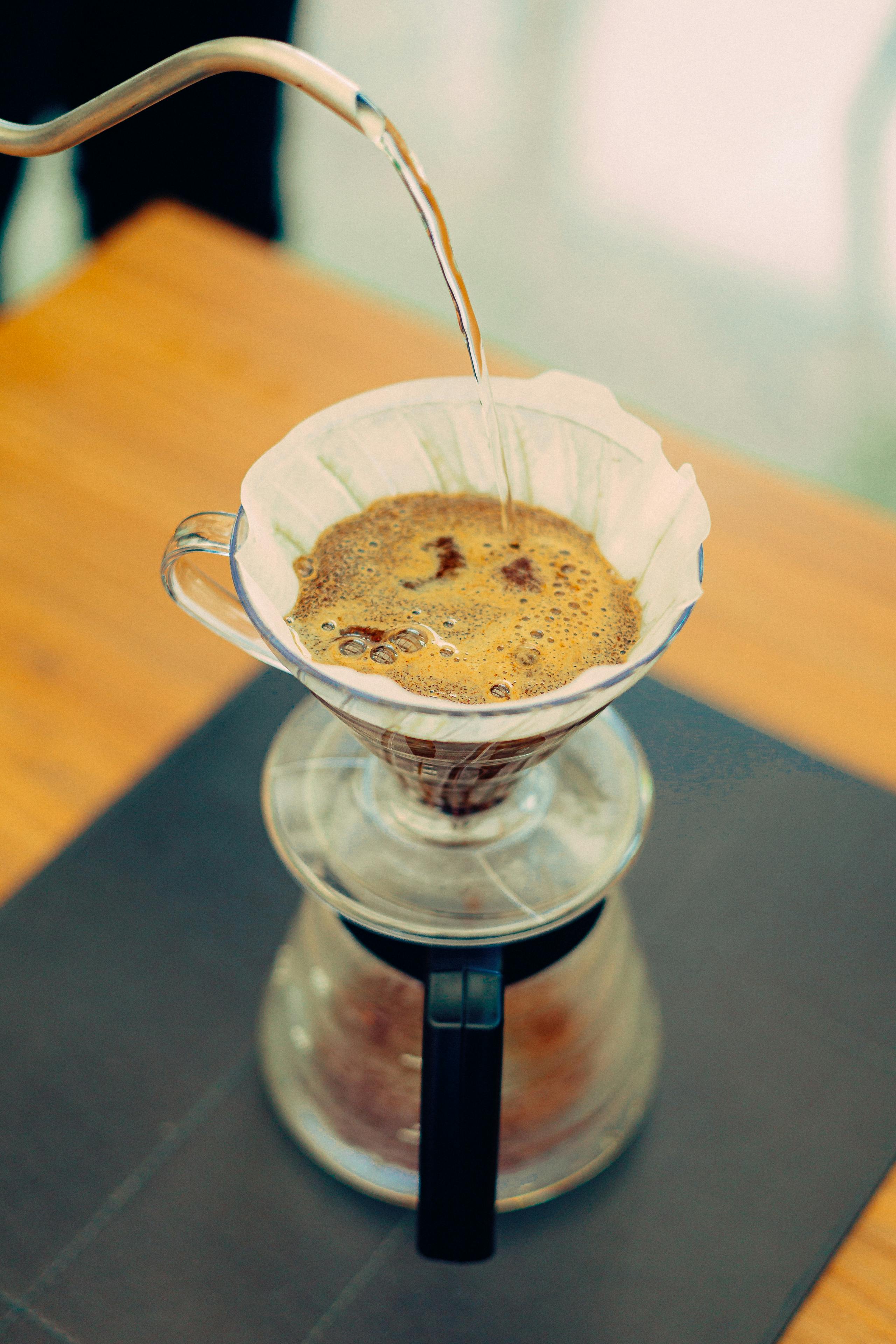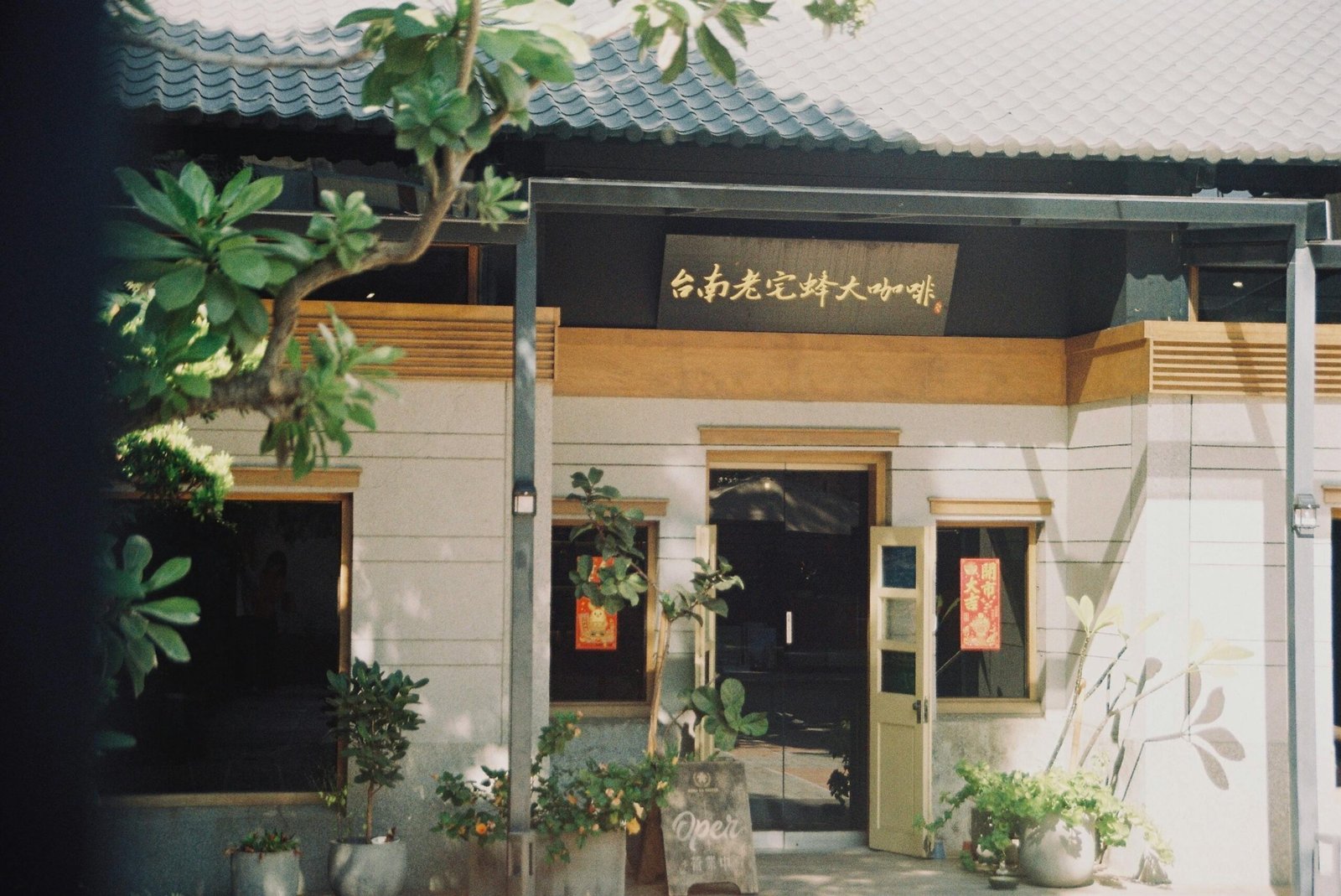Imagine sitting around a table, surrounded by friends and family, as the aroma of a steaming Korean-style hot pot (jeongol) fills the air. The sizzling sound of meat, fresh vegetables, and fragrant broth coming together in perfect harmony. But how do you ensure that your hot pot experience is not only delicious but also authentic? In this article, we will explore the art of properly cooking and serving Korean-style hot pot, so that you can recreate this beloved dish in the comfort of your own home. Get ready to embark on a culinary adventure full of rich flavors and heartwarming moments.

Ingredients for Korean-style Hot Pot
When it comes to Korean-style hot pot, there are a variety of delicious ingredients that you can choose from to create a flavorful and satisfying meal. These ingredients can be divided into several categories to ensure a well-balanced and flavorful hot pot experience.
Meat or Seafood
The first category of ingredients for Korean-style hot pot is meat or seafood. Typically, thinly sliced beef or pork is used for the hot pot. The marbling in the meat adds a rich flavor to the broth as it cooks. Alternatively, if you prefer seafood, you can use shrimp, mussels, or squid to create a delightful ocean-inspired hot pot.
Vegetables
A wide selection of vegetables is an essential component of any Korean-style hot pot. Some popular choices include Napa cabbage, bean sprouts, carrots, onions, and zucchini. These vegetables not only add vibrant colors to the hot pot but also provide a variety of textures and flavors.
Tofu and Mushrooms
Tofu and mushrooms are crucial ingredients that bring depth and richness to the broth. Tofu, available in various textures like firm or silken, adds a silky smoothness to the hot pot. Mushrooms, such as shiitake or enoki mushrooms, contribute an earthy flavor and unique texture that complements the other ingredients.
Noodles and Rice
For a heartier hot pot, noodles and rice can be added. Korean glass noodles, also known as sweet potato noodles or dangmyeon, are a popular choice. These transparent noodles absorb the flavors of the broth beautifully. Additionally, rice cakes or rice vermicelli can be used to provide a different texture and taste experience.
Broth and Seasonings
A savory and flavorful broth is at the heart of any Korean-style hot pot. Traditional options include spicy gochujang-based broths, soy sauce-based broths, or beef-based broths. These broths can be customized to your taste preferences by adjusting the amount of spice, salt, or umami flavors. Popular seasonings include garlic, ginger, sesame oil, and soy sauce.
Preparing the Hot Pot
Properly preparing the hot pot is crucial to ensure that all ingredients cook evenly and create a harmonious flavor profile. Here are some essential steps to follow when preparing your Korean-style hot pot.
Choose the right pot
Selecting the right size and material of the hot pot is essential. Make sure to choose a pot large enough to accommodate all the ingredients without overcrowding. A non-stick or stainless steel hot pot is ideal as it allows for even heat distribution and easy cleaning.
Prep the ingredients
Before adding the ingredients to the hot pot, it’s important to prep them properly. Slice the meat thinly so it cooks quickly and absorbs the flavors of the broth. Cut vegetables into bite-sized pieces for ease of cooking and serving. Drain tofu and cut it into cubes. Clean mushrooms and remove any tough stems.
Arrange the ingredients in layers
To ensure even cooking and distribution of flavors, it’s advisable to layer the ingredients in the hot pot. Start with a layer of meat or seafood at the bottom, followed by vegetables, tofu, mushrooms, and noodles or rice on top. This layering technique allows for better heat circulation and prevents certain ingredients from overcooking.

Cooking the Hot Pot
Now that your hot pot is properly prepared, it’s time to cook it to perfection. Follow these steps to ensure a delicious hot pot experience.
Bring the broth to a boil
Place the hot pot on a stove over medium-high heat and add the prepared broth. Bring the broth to a gentle boil before adding the other ingredients. This allows the flavors to meld and ensures that the ingredients cook at the same rate.
Add the ingredients
Once the broth is boiling, start adding the ingredients to the hot pot. Begin with the meat or seafood, as they generally take longer to cook. Follow with the vegetables, tofu, mushrooms, and noodles or rice. Remember to add the ingredients in a layered manner to maintain even cooking.
Adjust the heat and cooking time
Once all the ingredients are added, reduce the heat to a simmer and cover the hot pot. Allow the ingredients to cook for the recommended time, ensuring that the meat is fully cooked and the vegetables are tender. Keep an eye on the pot, adjusting the heat as needed to maintain a gentle simmer.

Serving and Enjoying the Hot Pot
The aroma of the hot pot is irresistible, and now it’s time to savor it. Here’s how to ensure a delightful serving and dining experience.
Garnish and condiments
Before serving the hot pot, you can enhance its flavors by garnishing it with fresh herbs like cilantro or green onions. Additionally, prepare some condiments like soy sauce, sesame oil, or chili flakes for guests to customize their individual hot pot bowls according to their taste preferences.
Serving the hot pot
To serve the hot pot, gently ladle the broth and ingredients into individual bowls. Make sure to distribute a variety of ingredients and broth to each bowl to provide a balanced and satisfying meal. Serve the hot pot alongside steamed rice and other Korean side dishes if desired, such as kimchi or pickled vegetables.

Tips and Variations
To elevate your Korean-style hot pot experience, here are a few tips and variations to explore.
Try different broths and seasonings
While traditional Korean hot pot broths are delicious, don’t be afraid to experiment with different flavors and seasonings. Consider adding miso paste for a Japanese twist or Thai curry paste for a spicy kick. Play around with herbs and spices to create broths that suit your taste preferences.
Experiment with ingredient combinations
The beauty of Korean-style hot pot lies in its versatility. Feel free to mix and match ingredients to create unique flavor combinations. For example, you can combine beef with mushrooms and glass noodles for a rich and hearty hot pot, or shrimp with vegetables for a lighter and refreshing version. The possibilities are endless!
Individual hot pot vs. communal hot pot
In Korean cuisine, both individual hot pots and communal hot pots are common. Individual hot pots offer a more personalized experience, allowing each person to tailor the ingredients and seasonings to their liking. On the other hand, communal hot pots can be a fun and interactive way to enjoy a meal with friends or family. Consider which style suits your gathering and preferences.
In conclusion, cooking and serving Korean-style hot pot is a delightful and satisfying experience. By selecting quality ingredients, properly preparing the hot pot, and cooking it with care, you can create a flavorful and comforting meal to be shared and enjoyed. So gather your loved ones, get creative with your ingredients and seasonings, and embark on a Korean-style hot pot adventure that will warm both your body and soul. Happy cooking!
